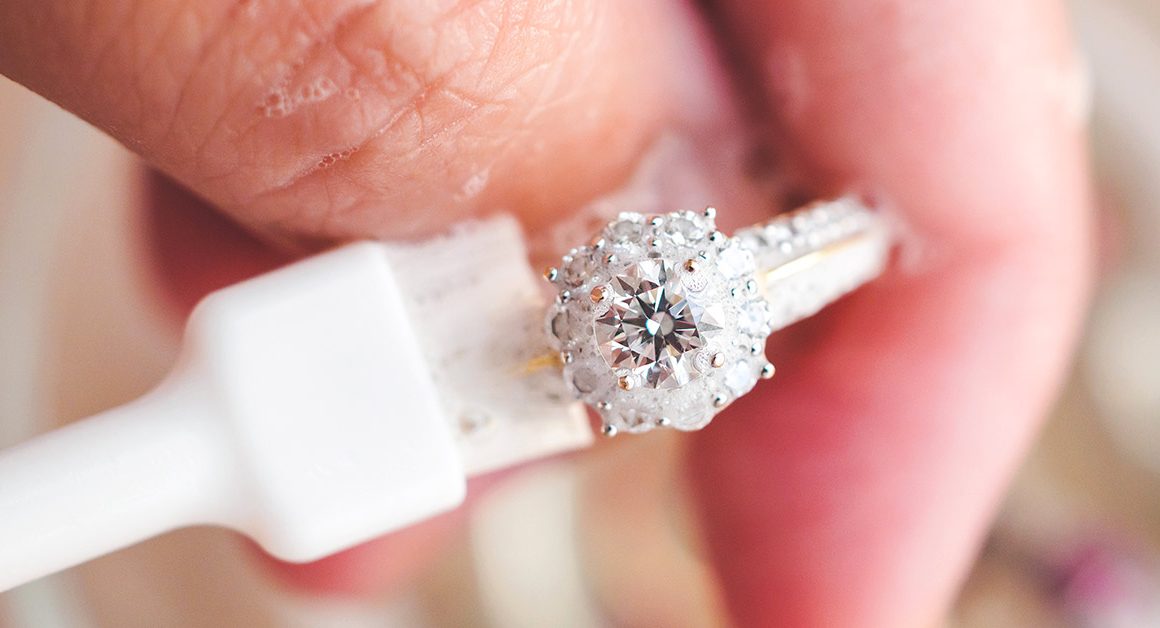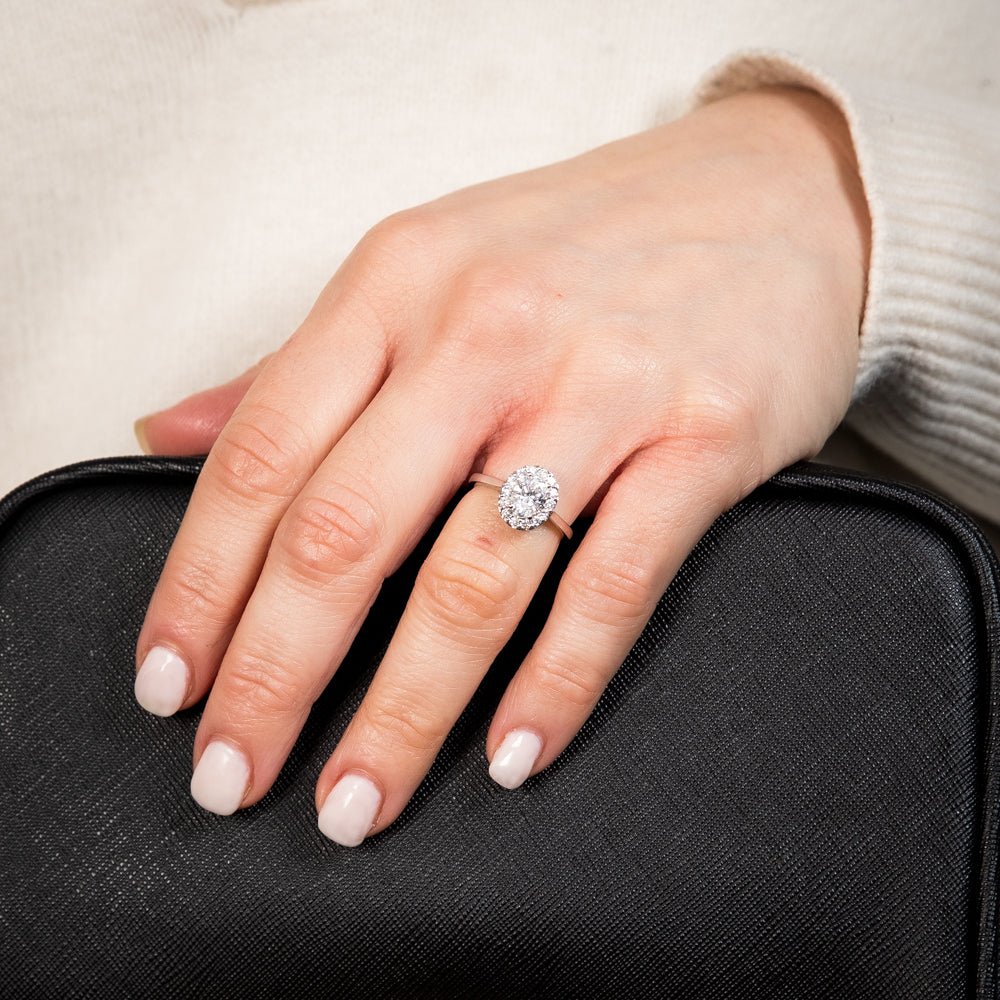Introduction to Lab Diamonds
When it comes to choosing a diamond, whether for an engagement ring or a stunning piece of jewelry, the options can be overwhelming. Enter lab diamonds, a modern marvel in the world of gemstones. But what exactly are lab diamonds, and why should you consider them? Let’s dive into the world of lab diamonds and explore the 4Cs—Cut, Color, Clarity, and Carat weight—to help you make an informed decision.
What Are Lab Diamonds?
Lab diamonds are real diamonds that are created in a controlled environment using advanced technology. Unlike natural diamonds, which are formed over billions of years under the Earth’s surface, lab diamonds are produced in a matter of weeks. Despite their differences in origin, lab diamonds share the same physical lab diamonds 4Cs, chemical, and optical properties as natural diamonds.
How Lab Diamonds Differ from Natural Diamonds
While lab diamonds and natural diamonds are virtually identical in composition, they differ primarily in their origins. Natural diamonds are formed deep within the Earth under extreme pressure and temperature. In contrast, lab diamonds are created using two main methods: High Pressure High Temperature (HPHT) and Chemical Vapor Deposition (CVD). These methods replicate the natural conditions that create diamonds but in a much shorter timeframe.
The 4Cs of Lab Diamonds
When evaluating any diamond, lab-grown or natural, the 4Cs—Cut, Color, Clarity, and Carat weight—are crucial. Let’s break down each of these characteristics to understand how they impact a diamond’s overall quality.
Cut
What Is Diamond Cut?
The cut of a diamond refers to how well it has been shaped and faceted. This is perhaps the most significant factor in determining a diamond’s brilliance and sparkle. A well-cut diamond reflects light internally and externally, creating a dazzling effect.
How Cut Affects Brilliance
A diamond’s cut is not just about its shape but also about how well it interacts with light. The angles and proportions of a diamond determine how light travels through it and how much sparkle it exhibits. A well-cut diamond maximizes its brilliance, making it appear more vibrant and eye-catching.
Color
Understanding Diamond Color Grading
Diamond color is graded based on the absence of color. The less color a diamond has, the higher its grade. The Gemological Institute of America (GIA) grades diamonds on a scale from D (colorless) to Z (light yellow or brown). For lab diamonds, this grading system is used as well, ensuring that they meet the same high standards as natural diamonds.
Lab Diamonds vs. Natural Diamonds in Color
Lab diamonds can achieve high color grades just like their natural counterparts. Because they are created in a controlled environment, it’s easier to manage the conditions to produce diamonds with minimal color. This means you can find lab diamonds in a wide range of color grades, from completely colorless to light yellow.
Clarity
What Is Diamond Clarity?
Clarity refers to the presence of internal or external flaws, known as inclusions and blemishes, respectively. The clearer the diamond, the more valuable it is. Clarity is graded from Flawless (no inclusions or blemishes visible under 10x magnification) to Included (inclusions and/or blemishes visible to the naked eye).
How Clarity Is Graded
Clarity grading involves assessing the size, number, and position of inclusions and blemishes. Lab diamonds are often of higher clarity due to the controlled environment in which they are created. This can result in fewer imperfections compared to natural diamonds.
Man made diamonds, also known as synthetic diamonds, are created using advanced technological processes that replicate the natural conditions under which diamonds form. These diamonds are produced using methods such as High Pressure High Temperature (HPHT) or Chemical Vapor Deposition (CVD).
Carat Weight
Defining Carat Weight
Carat weight measures the size of a diamond. One carat equals 0.2 grams. Carat weight is a significant factor in a diamond’s value, with larger diamonds typically being more expensive. However, two diamonds of the same carat weight can vary greatly in value depending on their cut, color, and clarity.
Carat Weight vs. Diamond Size
It’s important to note that carat weight doesn’t always equate to size. The cut of a diamond can influence how large it appears. For instance, a well-cut diamond can appear larger than a poorly cut diamond of the same carat weight.
Why the 4Cs Matter
Understanding the 4Cs helps you evaluate the quality of a diamond, ensuring you get the best value for your money. Whether you’re buying a lab diamond or a natural one, these factors are essential in determining the overall beauty and worth of the gemstone.
Evaluating Lab Diamonds for Quality
When choosing a lab diamond, consider each of the 4Cs carefully. Compare different diamonds and look at their grading reports to ensure you’re making a well-informed decision. Lab diamonds offer excellent value and quality, often at a lower cost than natural diamonds.
Choosing the Right Lab Diamond for You
Your choice of lab diamond should reflect your personal preferences and budget. Whether you prioritize color, clarity, or carat weight, understanding the 4Cs will help you find a diamond that suits your needs. Take your time to select a diamond that you love and that fits your criteria.
The Future of Lab Diamonds
Lab diamonds are becoming increasingly popular, thanks to their ethical and environmental advantages. They offer a sustainable alternative to mined diamonds and are expected to continue growing in both technology and market presence.
Innovations in Lab Diamond Technology
The technology used to create lab diamonds is evolving rapidly. Innovations such as improved HPHT and CVD techniques are producing even higher-quality diamonds with fewer inclusions and better color. As technology advances, lab diamonds will likely become even more impressive and accessible.
Trends in the Lab Diamond Market
The lab diamond market is trending towards greater acceptance and popularity. More consumers are recognizing the benefits of lab diamonds, including their ethical sourcing and cost-effectiveness. This trend is likely to continue as more people become aware of the advantages of choosing lab-grown diamonds.
Conclusion
Lab diamonds offer a fantastic alternative to natural diamonds, with all the beauty and brilliance at a more accessible price point. By understanding the 4Cs—Cut, Color, Clarity, and Carat weight—you can make an informed choice that meets your needs and preferences. Whether you’re drawn to their ethical benefits, cost-effectiveness, or simply their stunning appearance, lab diamonds are a worthy consideration for anyone in the market for a high-quality gemstone.






:max_bytes(150000):strip_icc()/GettyImages-1068425108-20a4b541eabd4a2ca790ad787953f841.jpg)
